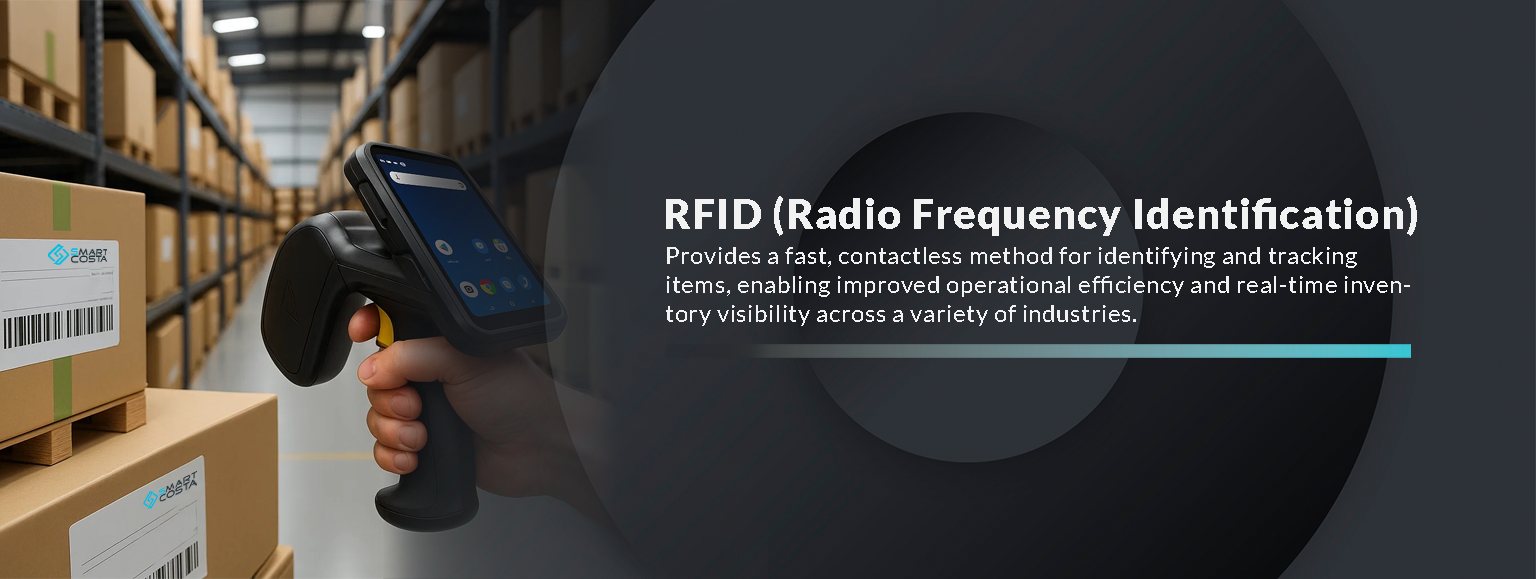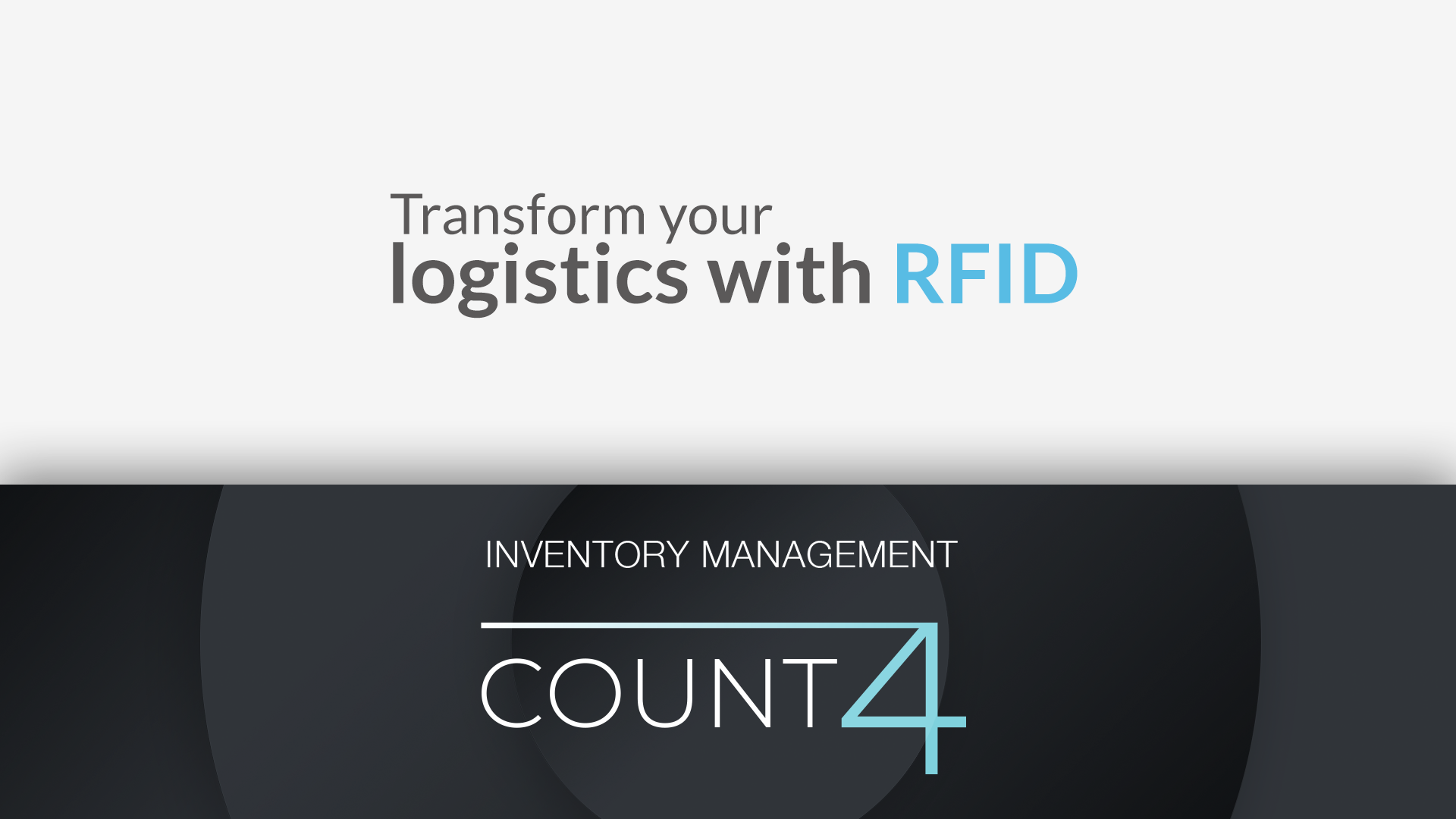- Radio Frequency Redefining Inventory Management
- Why Is RFID Better than Barcode Scanning?
- What is RFID and How Does It Work?
- Key Benefits of Radio Frequency
- Measurable Success
How Radio Frequency Identification Is Redefining Inventory Management
In the age of digitalization and the constant demand for faster and more accurate deliveries, efficient logistics has become not just desirable but essential. To achieve this, many companies are adopting advanced technologies such as RFID (Radio Frequency Identification), a powerful tool capable of transforming how goods are managed and tracked.

Why Is RFID Better than Barcode Scanning?
The main difference between RFID and barcodes lies in how they store and transmit data. Barcodes require line-of-sight and must be scanned individually, which can be time-consuming and prone to human error. In contrast, RFID uses radio waves to read multiple tags at once, even without direct visibility, making it much faster and more efficient. RFID tags can also hold more data and are more durable in harsh environments. Because of these advantages, RFID is a superior solution for businesses that need real-time tracking, faster processing, and more accurate inventory management.
What is RFID and How Does It Work?
RFID is an identification system that uses radio waves to transfer data from a tag attached to an object to a reader. Unlike traditional barcodes, it does not require direct line-of-sight, allowing for much faster and real-time scanning.
Key Benefits of Radio Frequency
Inventory automation
Accurate traceability
Reduction in losses and theft
Improved operational efficiency
Measurable Success
Leading companies in the retail and logistics sectors have already implemented RFID in their warehouses and points of sale, achieving up to 25% improvements in inventory accuracy and significant reductions in operational times.
Conclusion
Implementing RFID is not just a technological investment but a strategic decision. Organizations that embrace the digitalization of their logistics processes optimize operations and position themselves to compete in a demanding market.

